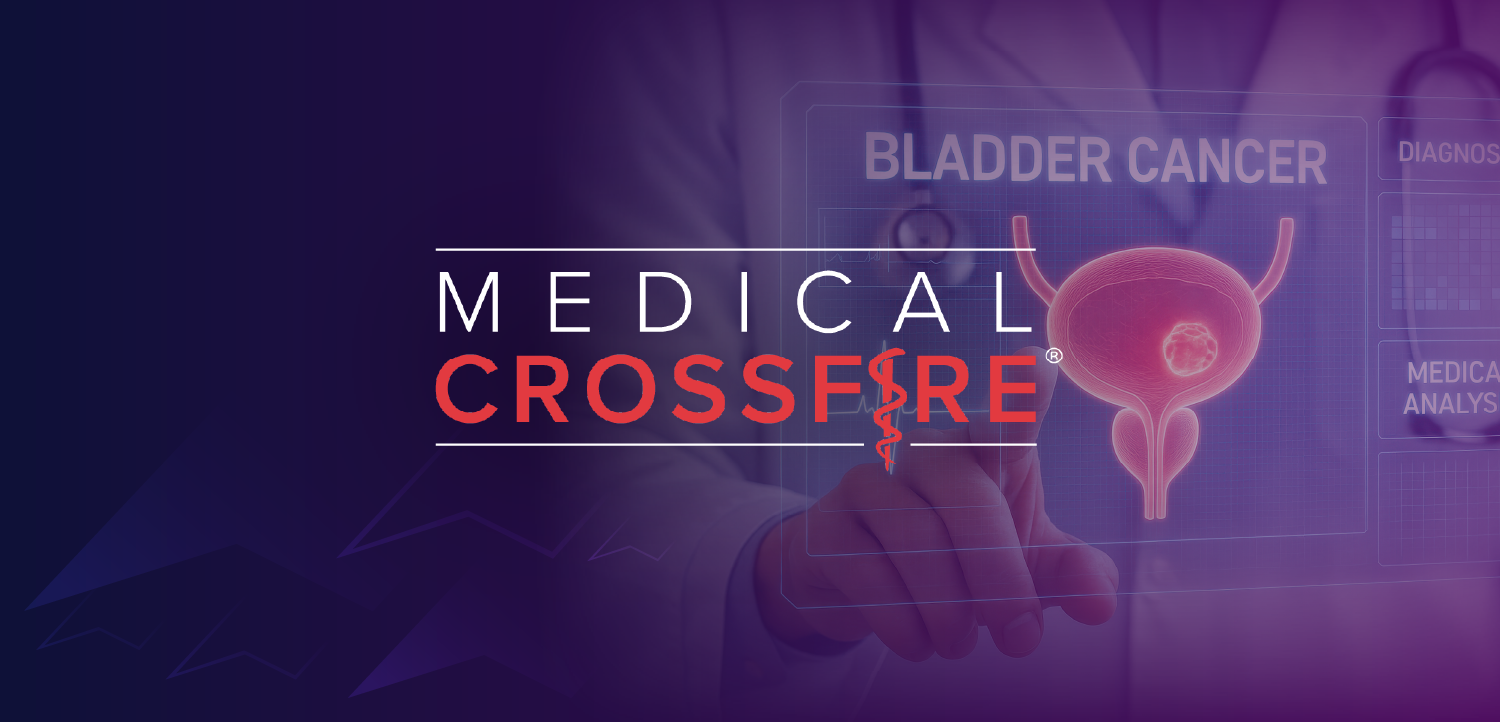
What Hath Antibiotics Wrought?The Nightmare of Clostridium difficile Colitis
Thanks to antibiotics, infectious diseases that were fatal less than 50 years ago are now eminently curable. But at what cost? Clostridium difficile colitis is one alarming side effect that is occuring more often--and with more severity--than you might think.
Since the earliest days of sulfa, streptomycin, and penicillin, antibiotics have brought the killers of generations past such as pneumococcal pneumonia, syphilis, and tuberculosis to their knees. Although bacterial resistance has compromised some of the effects of these "wonder drugs," diseases that were uniformly fatal less than 50 years ago are now eminently curable. But are there hidden costs? One disconcerting "side effect" that has been escalating because of antibiotic use is Clostridium difficile colitis.
At a recent morbidity and mortality (M & M) conference at my institution, some alarming trends in C difficile infection, usually secondary to antibiotic use, were discussed. The patient under study had severe C difficile colitis and required 12 liters of fluid resuscitation as well as a total colectomy. Previously, he had taken an antibiotic for 1 week.
INCREASING INCIDENCE AND SEVERITY
A look at the literature suggests that this patient is not an outlier. One study of 44 patients who underwent colectomy for fulminant C difficile colitis found that colectomies and deaths resulting from C difficile infection had quintupled over approximately a decade.1 Another study reported that an additional 67 colectomies had been performed for fulminant disease.2 From 1992 through 2002, the largest study of patients with C difficile disease requiring colectomy was composed of only 12 patients. C difficile infection is not only more common but more severe in its manifestations.
Performance improvement suggestions at the M & M conference addressed the increasing prevalence of C difficile disease that requires surgery. Immediate surgical consultation was recommended for the following patients:
- Those who do not respond to medical therapy after 3 days.
- Those who had an elevated anion gap as a result of accumulation of lactate.
- Those with an elevated white blood cell count.
In fact, in one study, one quarter of inpatients without a hematologic malignancy who had a white blood cell count greater than 30,000/µL had C difficile infection. Fifty percent of patients with C difficile infection who had a leukemoid reaction died.3
RISING COSTS
In an era when primary care physicians are profiled based on economic efficiency, C difficile infection raises another worrisome issue. The mean cost of treating C difficile infection is about $10,970, and a 7-day course of vancomycin can peak at about $7000. As a result, total health care costs of treating C difficile infection may exceed 1 billion dollars a year.
INCREASING VIRULENCE
During the past year, a more virulent and resistant strain of C difficile has been reported; it is associated with fluoroquinolone use.4-6 Thus, not only are the incidence, severity, and expense of C difficile infection on the rise, but newer antibiotics-used with increasing frequency-have created a more resistant "super" C difficile.
THE BEST PREVENTION
Drs Bartlett and Perl prescribe the best course of action: "Particularly important is antibiotic stewardship with restraint in the use of epidemiologically implicated antimicrobial agents, usually second- and third-generation cephalosporins, clindamycin, or fluoroquinolones, or a combination of the three."6
Although antibiotics have saved many lives, there are times when they are best left on the shelf. Curtailing this burgeoning epidemic will require restraint in our use of these "wonder drugs."
References:
REFERENCES:
1.
Dala RM, Harbrecht BG, Boujoukas AJ, et al. Fulminant
Clostridium difficile
: an under-appreciated andincreasing cause of death and complications.
Ann Surg.
2002;235:363-372.
2.
Longo WE, Mazuski JE, Virgo KS, et al. Outcome after colectomy for
Clostridium difficile
colitis.
DisColon Rectum
. 2004;47:1620-1626.
3.
Marinella MA, Burdette SD, Bedimo R, Markert RJ. Leukemoid reactions complicating colitis due to
Clostridium difficile
.
South Med J
. 2004;97:959-963.
4.
McDonald LC, Killgore GE, Thompson A, et al. An epidemic, toxin gene-variant strain of
Clostridiumdifficile
.
N Engl J Med.
2005;353:2433-2441.
5.
Loo VG, Poirer L, Miller MA, et al. A predominatly clonal multi-institutional outbreak of
Clostridium difficile
-associated diarrhea with high morbidity and mortality.
N Engl J Med.
2005;353:2442-2449.
6.
Bartlett JG, Perl TM. The new C
lostridium difficile
-what does it mean?
N Engl J Med
. 2005;353:2503-2505.
Newsletter
Enhance your clinical practice with the Patient Care newsletter, offering the latest evidence-based guidelines, diagnostic insights, and treatment strategies for primary care physicians.

























































































































































































































































































































